Speaker
Description
POSITHOT is a French startup issued from the fundamental physics institute of the French Atomic Energy Commission (CEA), which offers materials analysis using positron annihilation spectrometry. This technique of defect detection reaches the sensitivity level of a metrology, to the contrary of existing Non-Destructive Testing (NDT) solutions. The POSITHOT technology offers the capacity to quantify the lack of matter in the matter without radioactive waste.
The positrons used in this technology are created through the interaction between an electron beam and a tungsten target by pair production. The patented design of this innovative positron generator allows the realization of a compact and transportable equipment that furthermore does not activate the materials. The generator is then non-radioactive, but registered as an ionizing radiation source. In the physical reaction to produce the positrons, a substantial part of the incoming electrons spread in the vacuum vessel and the copper dump, producing secondaries emissions sources of X-rays. They complete the initial spectrum of X photons produced in the interaction target. As a result, this type of technology leads to very intense photon radiation due to the interaction between the incident beam and the constituents of the equipment. The resulting X-rays spectrum was at the origin of radiation protection issues for the shielding design of this generator.
The objective of the performed study was to design an effective shielding of the positron generator regarding to the French Nuclear Safety Authority (ASN) norms in order that the generator remains transportable.
Three steps were conducted:
- The 3D modeling of the generator that mixed CAD import and direct modelling,
- The evaluation of the initial shielding with a 3D dose mapping,
- The shielding optimization in respect of the generator transport limitations.
Calculations were performed with the Monte Carlo code RayXpert® developed by TRAD Tests & Radiations. In this presentation, it will be demonstrated that thanks to a first 3D dose mapping, it was possible to highlight the origin of dose leaks that led to non-compliance with the fixed dosimetric objective outside the generator. Due to the transportable limitations, radiation shielding was added as close as possible to the source in the respect of weight issues and equipment dimensions. The additional shielding enabled to reduce the dose by a factor of 25,000 for the most problematic direction. This step of the study was easily achieved thanks to the 3D conception interface of the software and its various features adapted to radiation protection issues.
| Scientific Topic 4 | Shielding and dosimetry |
|---|

